Description
This course builds on the Grade 3 curriculum to further develop students’ understanding of fundamental sientific and technological concepts by exploring topics related to life systems, structures, mechanisms, matter, energy, Earth’s systems, and space systems. Students will learn how science and technology relate to society and the environment. They will start to understand the basic concepts of science and technology while developing the skills, strategies, and habits of mind required for scientific inquiry and technological problem-solving.
As part of life systems, students will focus on habitats, natural communities, and the impacts that changes to habitats can have on plants and animals. Students will learn that living things (including humans) rely on other living things for the energy and resources they need to live. They will also investigate factors that alter various habitats and communities, including factors that occur naturally and those that result from human action.
For structures and mechanisms, students will delve deeper into understanding simple machines by looking at pulleys and gears. Students will learn that pulleys and gears can transfer motion from one object to another, transform one kind of motion into another, change the speed and direction of an object’s motion, and change the amount of force needed to move an object. They will identify how these devices are used to improve everyday life, learn about mechanical advantage, and apply what they have learned through investigations of their own design.
Students will also explore the properties of light and sound by investigating and observing how these forms of energy interact with various objects in the environment. Students will discover ways in which materials can be used to transmit, reflect, or absorb light and sound in order to control these energies. They will then begin to apply this knowledge by constructing simple devices and examining the impact of technologies related to sound and light on our everyday lives.
Finally, students will explore Earth and space systems through the study of rocks and minerals, which is also known as the science of geology. By examining different types of rocks and minerals found in Earth’s crust, students will learn that the unique characteristics and properties of rocks and minerals are a result of how they were formed. These properties then determine the possible uses of these resources.
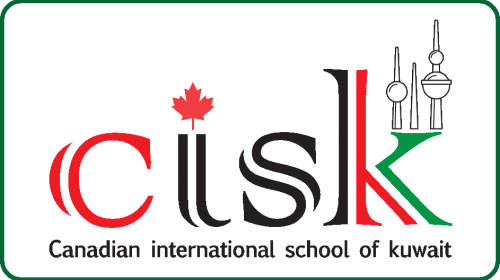

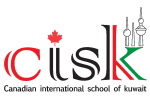

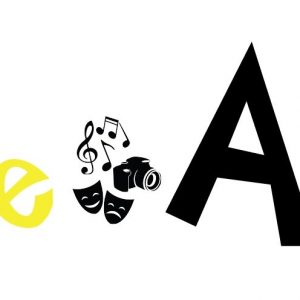
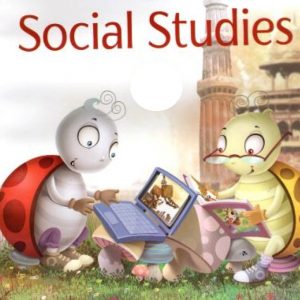
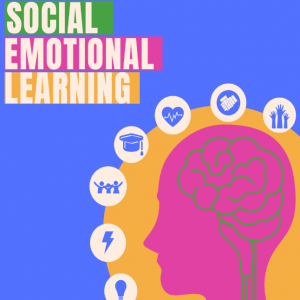

Reviews
There are no reviews yet.